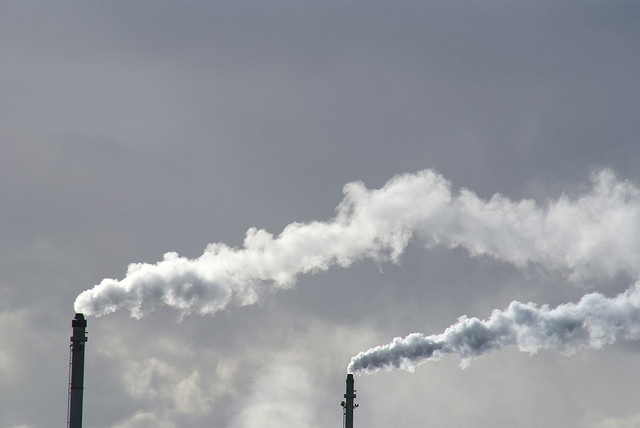On August 3, 2015, President Barack Obama and the Environmental Protection Agency (EPA) announced the biggest plan to reduce CO2 emissions in American history. Labeled as the Clean Power Plan, the initiative is designed to reduce carbon pollution by 32 percent below 2005 levels by 2030, as well as accelerating the fast-growing trend towards clean-energy sources. Moreover, under a series of executive orders and actions, the Obama administration is set on showing venture capitalists that moving towards a path of energy efficiency and sustainability is not only good for the environment, but also a great opportunity to get involved in clean-energy projects. These are some of the initiatives:
Renewable-Energy Projects on Public Lands
Since President Obama took office, the Department of the Interior (DOI) has approved over 50 renewable-energy projects on public and tribal lands, including wind, solar and geothermal utility-scale projects . Together, these projects can support more than 20,000 jobs and generate enough electricity to power 4.8 million homes. In population numbers, that means more than twice the size of Houston, TX.
Expanding The Clean Energy Economy
The Obama administration has made the largest investment in clean energy generation in American history. It has increased more than twenty times the generation of solar energy and tripled the generation from wind power sources. Following in that line (and with the clear intention of attracting the private sector towards clean energy) the administration has also secured more than $4 billion in commitments and actions from the private sector to increase clean-energy innovation projects.
Expanding and Modernizing The Electric Grid
As President Obama stated: “Expanding and modernizing the grid provides improved access to remote sources of solar and wind energy”. Under that principle, the Obama administration has put forth efforts to establish energy corridors. It has constantly encouraged venture capitalists to use designated energy corridors in western states; expedited the review of electric transmission projects in non-western states and improved the overall transmission, permitting, and reviewing processes. By expanding and modernizing the electric grid, the government is aiming to draw investors to compete under a clearly demarked set of rules.
Creation of ARPA-E
In 2009, the Obama administration created the Advanced Research Project Agency-Energy. This Agency is intended to help advance high-impact energy projects with the potential to transform the way the U.S. generates, stores and uses energy. It is opening the door for thousands of entrepreneurs and innovators to get economic funding for clean-energy initiatives, and also bringing entirely new technologies to the market.
The Better Buildings Challenge
Through the Better Buildings challenge, the Obama administration is partnering with the private sector to develop energy-efficient building spaces. The better building challenge aims to make commercial, public,industrial, and residential buildings 20 percent more energy efficient over the next decade. This will result in saving hundreds of billions of dollars on energy bills, reducing greenhouse gas emissions, and allowing public and private organizations to work together in order to replicate energy-efficient projects. Since the launch of the program in 2011, it has saved 94 trillion units of energy and $840 million.
A great example of success regarding energy-efficient building is the city of Chicago. For more than a decade now, Chicago has been the epicenter for LEED-certified buildings in the U.S. In this time, the city has focused on green architecture with initiatives such as the Green Permit Program, which offers reduced fees and expedited processes for investors developing green projects of infrastructure.
Advancing Towards a Sustainable Federal Government
In 2009, President Obama set an ambitious energy goal for the federal government (the largest energy consumer in the U.S.). He instructed federal agencies to reduce their greenhouse gas emissions by 28 percent by 2020, as well as ordering them to increase the contracting of renewable energy sources. Thanks to this effort, the federal government expanded energy performance contracts from $2 billion to $4 billion for energy efficiency upgrades in Federal buildings. Additionally, in 2013 President Obama signed a Presidential Memorandum directing the federal government to buy at least 20 percent of its electricity from renewable sources by 2020.
Access To Solar Energy
The Obama administration created a new initiative to increase the access to solar energy for low- and moderate-income households. Because of this, citizens can now apply for the “Residential Renewable Tax Credit,” which offers a 30 percent credit of qualified expenditures for a solar system from the federal government.
These and many other initiatives being adopted by the Obama Administration are intended, not only to strengthen the U.S. government’s protagonist role in fighting climate change, but also to attract vendor capitalists to take a chance and invest in clean energy solutions.


